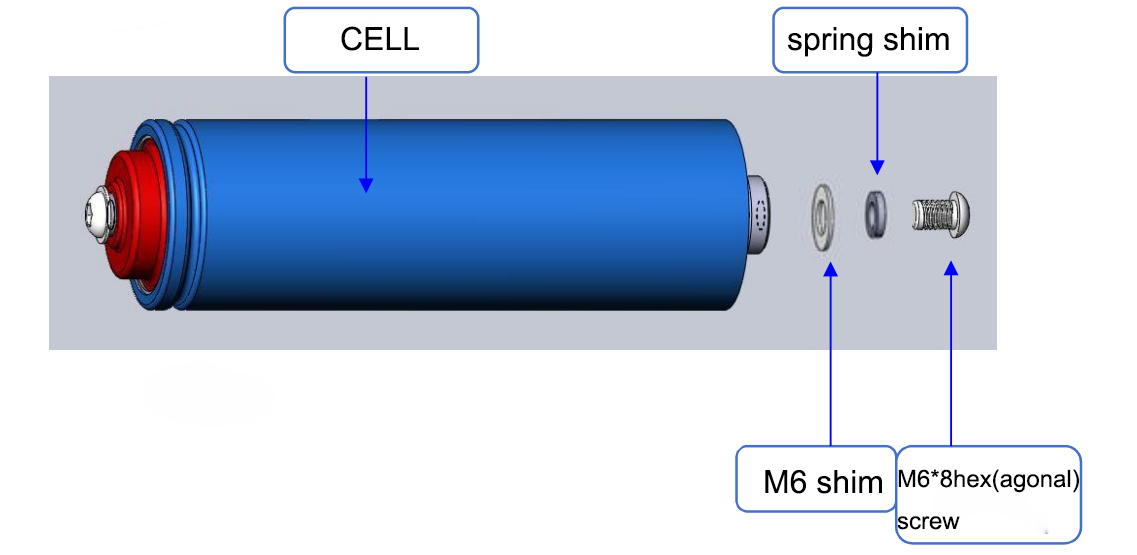The difference between nickel-metal hydride, nickel-cadmium batteries and lithium batteries
NiMH batteries
Nickel-metal hydride batteries are composed of hydrogen ions and metallic nickel. They have 30% more power reserve than nickel-cadmium batteries, lighter than nickel-cadmium batteries, and have a longer service life. They are environmentally friendly and have no memory effect. The disadvantage of nickel-metal hydride batteries is that the price of nickel-cadmium batteries is much more expensive, and the performance is worse than that of lithium batteries.
Lithium Ion Battery
A high-energy-density battery made of lithium-ion batteries. Lithium-ion battery is also a kind of smart battery, it can cooperate with special original smart charger to achieve the shortest charging time, the longest life cycle and the largest capacity. Lithium-ion battery is currently the best battery. Compared with nickel-cadmium batteries and nickel-hydrogen batteries of the same size, it has the largest power reserve, the lightest weight, the longest life, the shortest charging time, and no memory effect.
There are two main types of rechargeable batteries: lead-acid batteries and alkaline batteries. The nickel-cadmium (NiCd), nickel-metal hydride (NiMH) and lithium-ion (Li-Ion) batteries currently in use are all alkaline batteries.
NiMH battery positive plate material is NiOOH, negative plate material is hydrogen-absorbing alloy. The electrolyte is usually 30% KOH aqueous solution, and a small amount of NiOH is added. The diaphragm is made of porous vinylon non-woven fabric or nylon non-woven fabric. There are two types of NiMH batteries: cylindrical and square.
NiMH batteries have good low-temperature discharge characteristics. Even at an ambient temperature of -20°C, using a large current (at a discharge rate of 1C) to discharge, the discharged electricity can reach more than 85% of the nominal capacity. However, when NiMH batteries are at a high temperature (above +40°C), the storage capacity will drop by 5-10%. The capacity loss caused by self-discharge (the higher the temperature, the greater the self-discharge rate) is reversible, and the maximum capacity can be restored to a few charge-discharge cycles. The open circuit voltage of NiMH battery is 1.2V, which is the same as NiCd battery.
The charging process of NiCd/NiMH batteries is very similar, requiring constant current charging. The difference between the two is mainly in the fast charging termination detection method to prevent the battery from overcharging. The charger performs constant current charging on the battery, and at the same time detects the battery voltage and other parameters. When the battery voltage rises slowly and reaches a peak value, the fast charging of the NiMH battery is terminated, while for the NiCd battery, the fast charging is terminated when the battery voltage drops by -△V for the first time. In order to avoid damage to the battery, fast charging cannot be started when the battery temperature is too low. When the battery temperature Tmin is lower than 10°C, the trickle charging mode should be switched to. Once the battery temperature reaches the specified value, the charging must be stopped immediately.
Nickel-cadmium batteries
The active material on the positive plate of nickel-cadmium battery NiCd battery is composed of nickel oxide powder and graphite powder. Graphite does not participate in chemical reactions, and its main function is to enhance conductivity. The active material on the negative plate is composed of cadmium oxide powder and iron oxide powder. The function of the iron oxide powder is to make the cadmium oxide powder have higher diffusibility, prevent agglomeration, and increase the capacity of the electrode plate. The active materials are respectively wrapped in perforated steel strips, which become the positive and negative plates of the battery after being press-formed. The polar plates are separated by alkali-resistant hard rubber insulating rods or perforated polyvinyl chloride corrugated boards. The electrolyte is usually potassium hydroxide solution. Compared with other batteries, the self-discharge rate of NiCd batteries (that is, the rate at which the battery loses charge when not in use) is moderate. During the use of NiCd batteries, if they are not fully discharged, they will be recharged, and the next time they are discharged, they will not be able to discharge all their power. For example, if 80% of the battery is discharged and then fully charged, the battery can only discharge 80% of the battery. This is the so-called memory effect. Of course, several complete discharge/charge cycles will restore the NiCd battery to normal operation. Due to the memory effect of NiCd batteries, if they are not completely discharged, each battery should be discharged below 1V before charging.
Post time: Aug-02-2021




